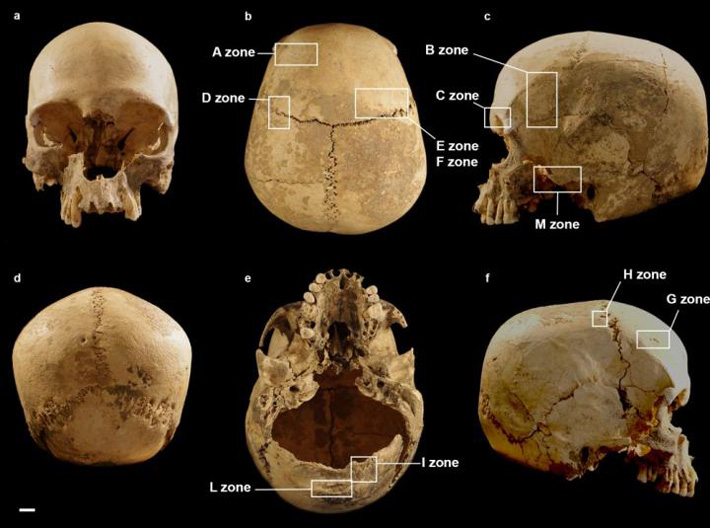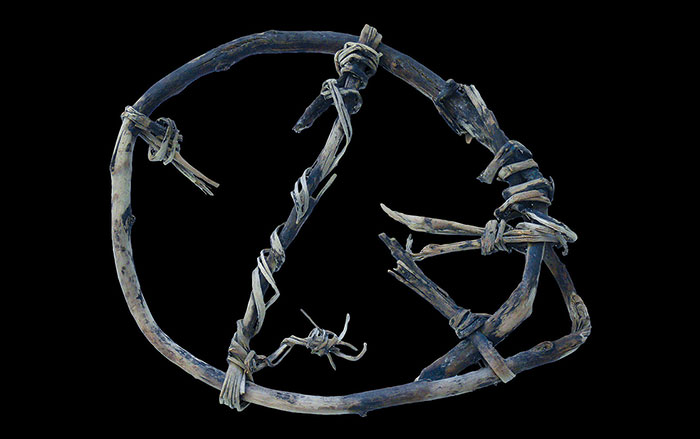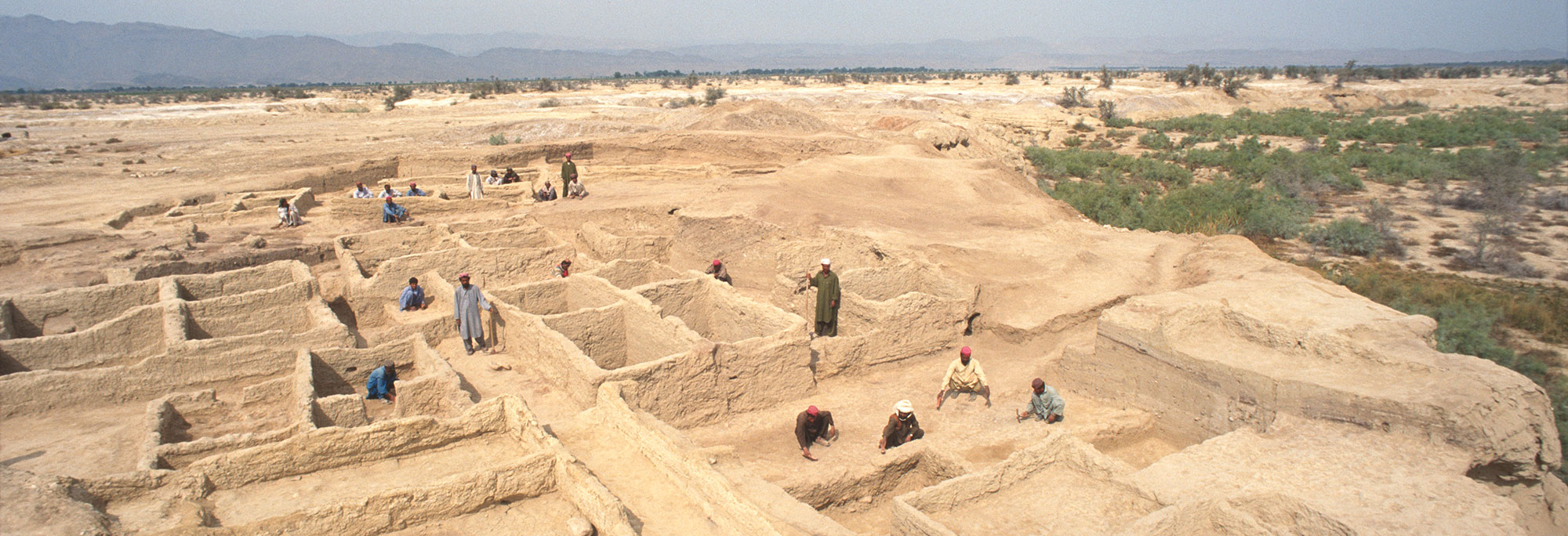
BOLOGNA, ITALY—According to a Live Science report, Maria Giovanna Belcastro of the University of Bologna and her colleagues suggest a battered 5,600-year-old skull recovered from a deep cave shaft in northern Italy may have been washed there with mud and water flowing toward a sinkhole from a separate burial site. Analysis of lesions on the skull with a CT scan indicate that it had been deliberately removed from the body, and its soft tissues scraped away, a funerary practice observed in other Neolithic burials in the region. The skull is thought to have belonged to a woman who was between the ages of 24 and 35 at the time of death. Other marks on the skull suggest she had suffered a head wound that had healed. Grooves below this wound may have may been made with tools during a surgical procedure. Red ochre on the skull may have been placed there as a medicine or for symbolic reasons, the scientists explained. Tiny holes in the bone may be related to inflammation from chronic anemia, and two dense spots are thought to be benign tumors. Finally, possible childhood health problems are recorded in her underdeveloped tooth enamel, while several dental cavities suggest she ate a diet high in carbohydrates. Read the original scholarly article about this research in PLOS ONE. To read about a Neolithic snowshoe discovered on a glacier in Italy's Dolomite Mountains, go to "Artifact."










